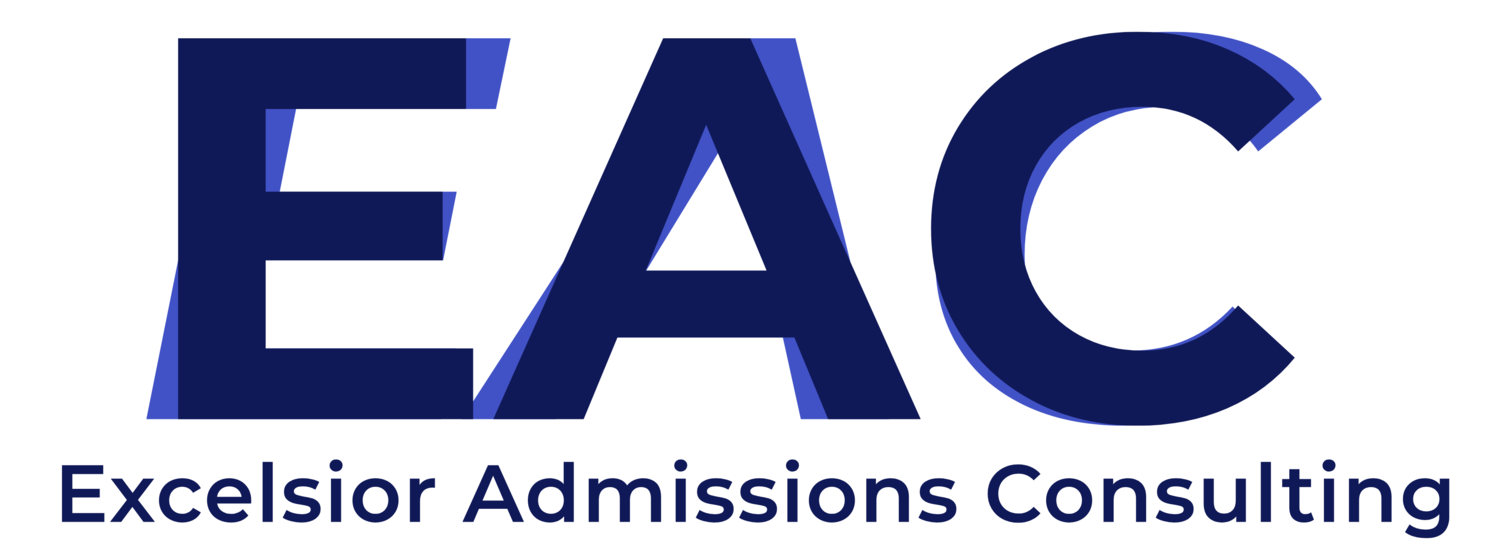Important Trends From This Year’s Admissions Cycle
With increased numbers of applications submitted to many of the selective colleges, this year admissions has gotten even less predictable. For current high school students, there are several trends to keep in mind.
The Common App reported a 6% growth in the number of applications overall. This increase was driven, in part, by a 13% increase in applications from international students. The increase in application growth is also driven by students who apply to highly selective colleges because they tend to apply to a higher number of colleges.
With minor exceptions, Ivy League and other super selective colleges continue to get more applications and have even lower admission rates this cycle. Brown, Columbia, Duke, Harvard, MIT, Vanderbilt, and Yale all reported admission rates at or below 5%. Many other selective colleges are reporting admissions rates at or below 10% including Amherst (9%), Barnard (7%), Emory (10%), Johns Hopkins (5%), Northwestern (8%), NYU (8%), Rice (8%), Tufts (10%), and USC (9%). Harvard is one of the few highly selective colleges that saw a reduction in the number of applications it received, falling by approximately 5%.
There have been an increase in applications to selective public/state universities. At schools like UVA, there is a large differential in admission rates between in-state and out-of-state students (25.5% vs 13%). When evaluating your chances for admission at state universities, try to find the applicable admission rate whether that be in-state or out-of-state.
Several colleges are reinstating the requirement of standardized testing. Brown, Dartmouth, Cal Tech, Harvard, and Yale will all require applicants to submit test scores in the upcoming admissions cycle. Other colleges including Duke, UNC, NYU, and WashU have not officially announced their testing policy for the next application cycle. Juniors and Sophomores should make sure that they have a plan to take standardized tests if they are applying to selective colleges as school policies continue to change.
It is important to carefully consider applying Early Decision to your top choice college (if it is available). Some selective colleges fill 50% of their incoming class with students submitting Early Decision applications. There is often a large gap in admission rates between the Early Decision round and the Regular round of applications. For example, this year Duke admitted 13% of applicants in Early Decision and filled a little less than half of the incoming class. In Regular Decision, Duke had a 4% admission rate. Vanderbilt accepted 16% of applicants Early Decision and filled 55% of their class. In Regular Decision Vanderbilt’s admit rate was 5%. Many selective colleges have similar differences between the early and regular admission rates. In the past, students have often applied Early Decision to super reach colleges, but in the current environment it is wise to be realistic when choosing a school to apply to Early Decision.
GPA tends to be a central factor in admissions, but the rigor of a student’s courses and their activities are also very important in admissions. With many applicants reporting a high school GPA in the A range, admissions officers are looking closely at students’ classes and activities. Colleges tend to favor sustained involvement in authentic interests which results in a leadership role and/or significant impact in that area.
Majors matter! The major that a student indicates on their application can affect their chances of admission. Business, engineering, computer science, and STEM majors can be more selective, depending on the college.
If you have questions or would like to learn more about college admissions, please visit Excelsioradmissions.com or click here to schedule a free 30-minute consultation to learn how I can help with your college admissions process.
